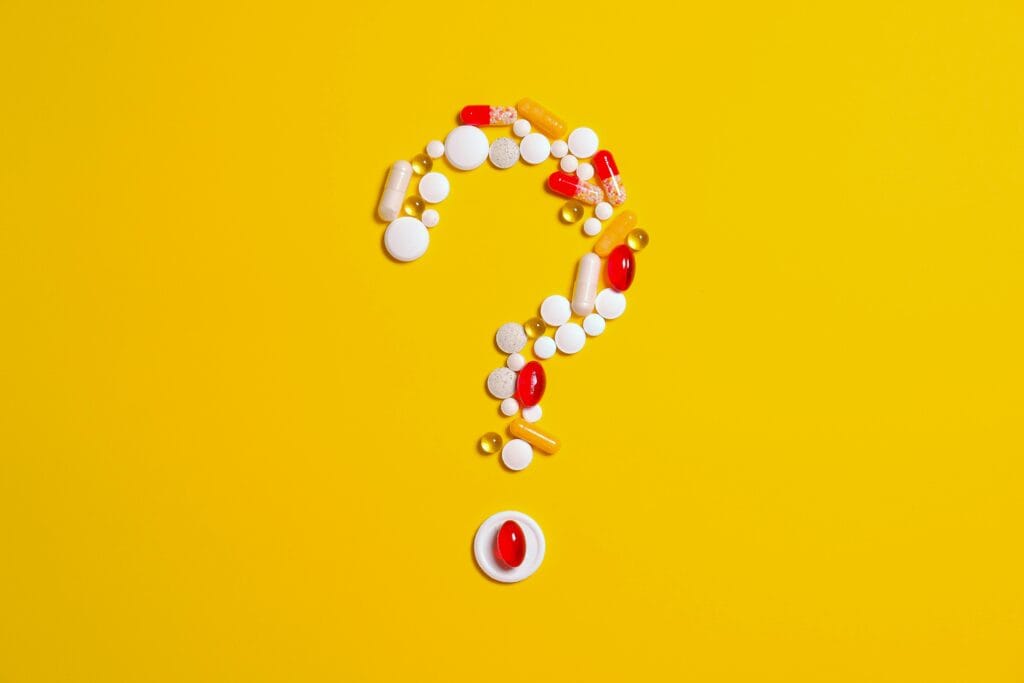
Recognizing Anaphylactic Shock Reactions, Prevention, and First Aid Steps

- How Does Anaphylactic Shock Happen?
- Risk Factors for Anaphylactic Reactions Due to Drugs
- Emergency Action When Anaphylactic Reaction Occurs
Anaphylactic shock is a severe allergic reaction that occurs suddenly due to an exaggerated response to an allergen, such as food, medication, insect bites, or certain other substances. Its symptoms include itching, skin rash, shortness of breath, low blood pressure, rapid heartbeat, nausea, vomiting, and loss of consciousness. This condition can be life-threatening and may lead to death in a short time, making immediate medical intervention crucial to save the patient’s life.
How Does Anaphylactic Shock Happen?
Anaphylactic shock begins when an allergen is recognized by antigen-presenting cells (APCs) such as macrophages or dendritic cells. The APCs present the allergen to T cells in the lymph nodes. These T cells activate B cells to produce immunoglobulin E (IgE) antibodies specific to the allergen.
The IgE antibodies bind to the surface of mast cells or basophils and interact with the allergen, triggering mast cell degranulation. This process leads to the excessive release of chemical mediators, such as histamine, leukotrienes, prostaglandins, and cytokines, which cause the symptoms of anaphylactic shock.
Risk Factors for Anaphylactic Reactions Due to Drugs

Regarding medications, only a few risk factors are known to increase the likelihood of experiencing anaphylactic shock. For instance, elderly individuals tend to have more severe reactions. Additionally, a history of cardiovascular disease is an important factor, as a weakened heart makes the body less capable of managing anaphylactic shock.
In terms of gender, while still debated, some studies suggest that anaphylactic reactions to medications are more common in women. Medications most frequently associated with anaphylactic shock include antibiotics, nonsteroidal anti-inflammatory drugs (NSAIDs), injectable radiocontrast agents, antineoplastic agents, therapeutic antibodies, and neuromuscular blocking agents used during surgery.
Emergency Action When Anaphylactic Reaction Occurs
To prevent anaphylactic shock, several measures can be taken, such as identifying a patient’s allergy history to medications, foods, insect stings, or other substances, and performing skin or blood tests to detect specific allergens. For safe medication administration, antihistamines or corticosteroids may be given beforehand, especially for patients with a history of severe allergies. Additionally, medications can be introduced in small doses initially to evaluate the body’s response before administering a full dose.
Educating patients to recognize early allergy symptoms, such as rashes, itching, or shortness of breath, is also crucial to ensure swift action before the condition worsens. Given that anaphylactic shock requires emergency treatment, first aid includes immediately taking the patient to the nearest healthcare facility. If the patient has an epinephrine auto-injector, it should be used promptly according to the instructions.
Individuals with a history of drug allergies must remain vigilant, recognize early symptoms, and carry an epinephrine auto-injector when traveling. Regular consultation with medical professionals to ensure the safe use of medications and to document allergy histories is essential to help prevent anaphylactic shock. With proper understanding and timely action, the risks of anaphylactic shock can be minimized, ensuring safety and maintaining a good quality of life.
Find more scientific article about drug safety and allergies on the IML Research blog. Also, follow our instagram for the latest updates from the IML Research team.
Author: Devira
Editor: Sabilla Reza
Reference :
Bruhns, P., & Chollet-Martin, S. (2021). Mechanisms of human drug-induced anaphylaxis. In Journal of Allergy and Clinical Immunology (Vol. 147, Issue 4). https://doi.org/10.1016/j.jaci.2021.02.013.



